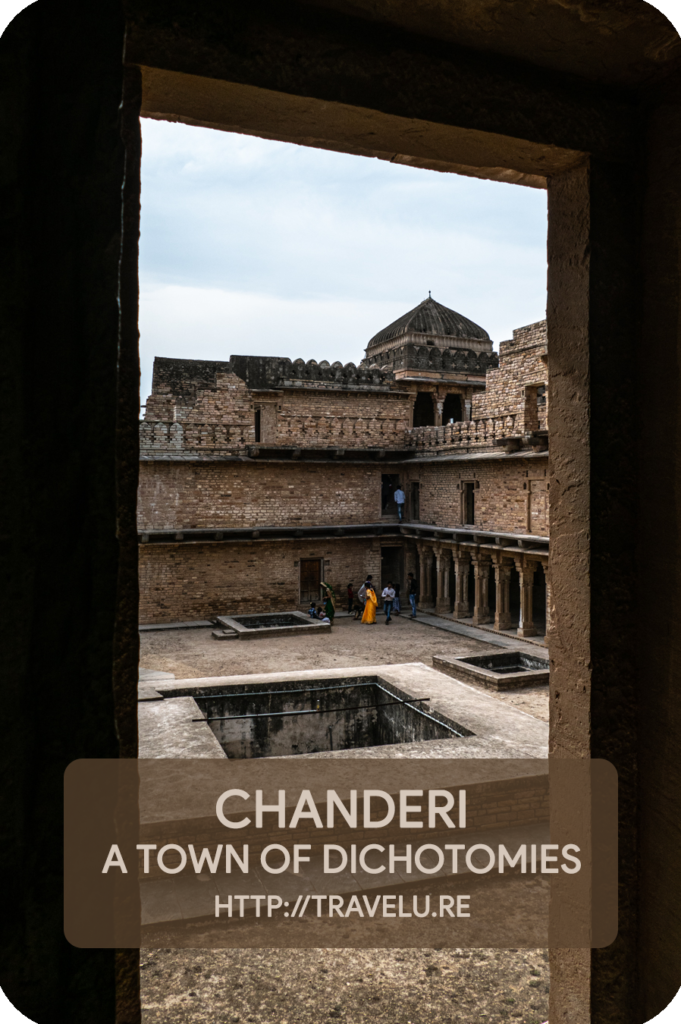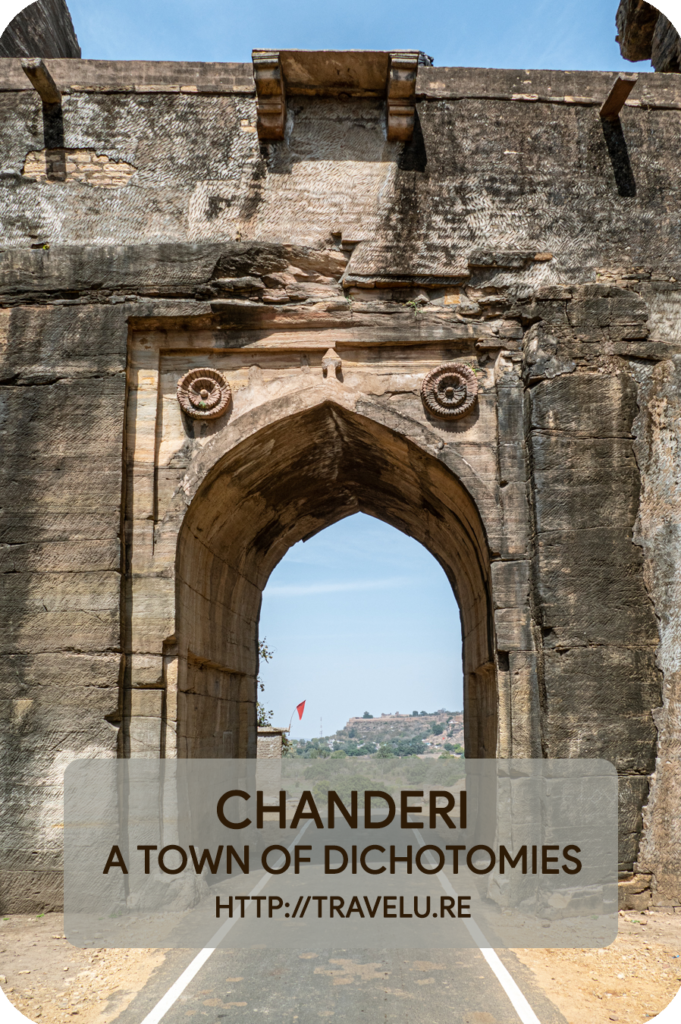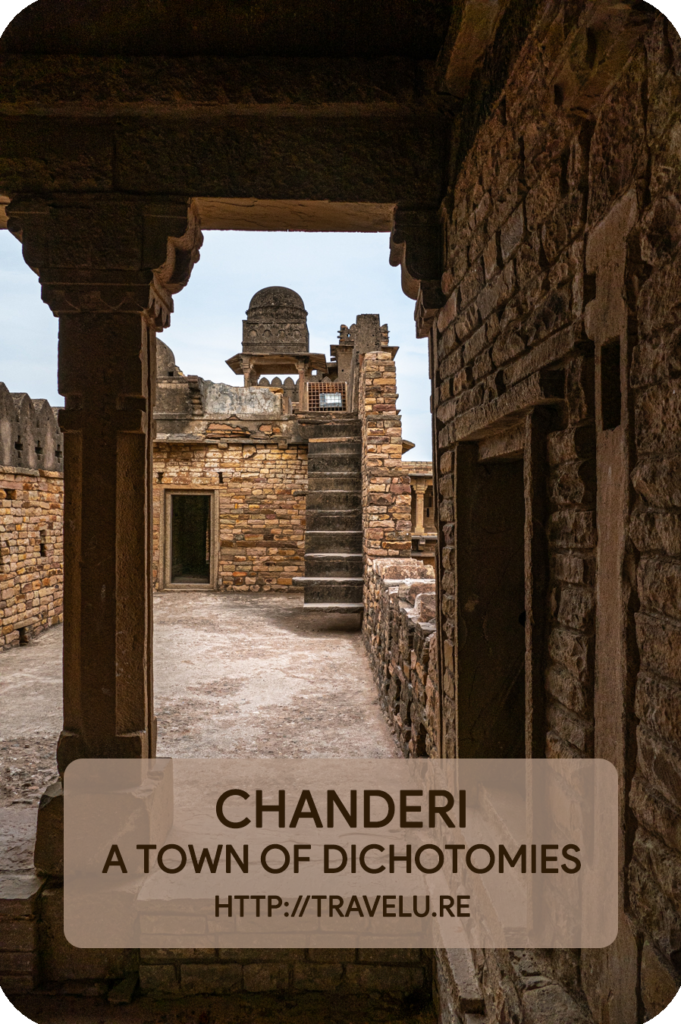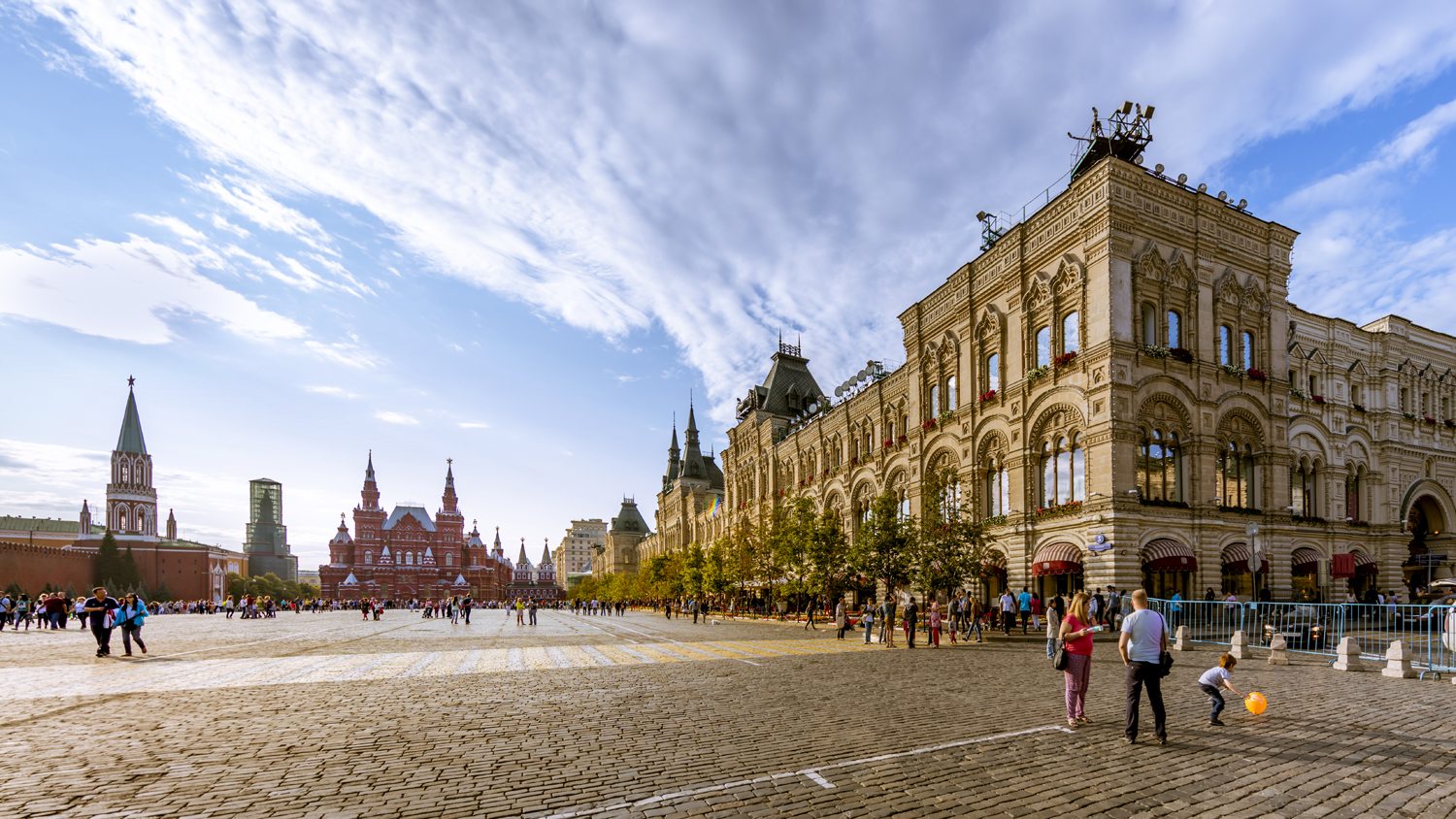From Sanchi and Udaygiri, let’s move over to Chanderi, another heritage town in Madhya Pradesh – the heart of India.
Chanderi – A Town of Dichotomies
A massive heritage arch bearing Mughal imprint welcomes us into Kati Ghati, the gateway to Chanderi. Amused, I rolled my eyes as our guide chirped – ‘This Chanderi is not the genuine one. The genuine one lies in ruins a few kilometres away in a jungle. That is today called Boodhi Chanderi (Elderly Chanderi).’ Dichotomous, I thought, while clicking away.
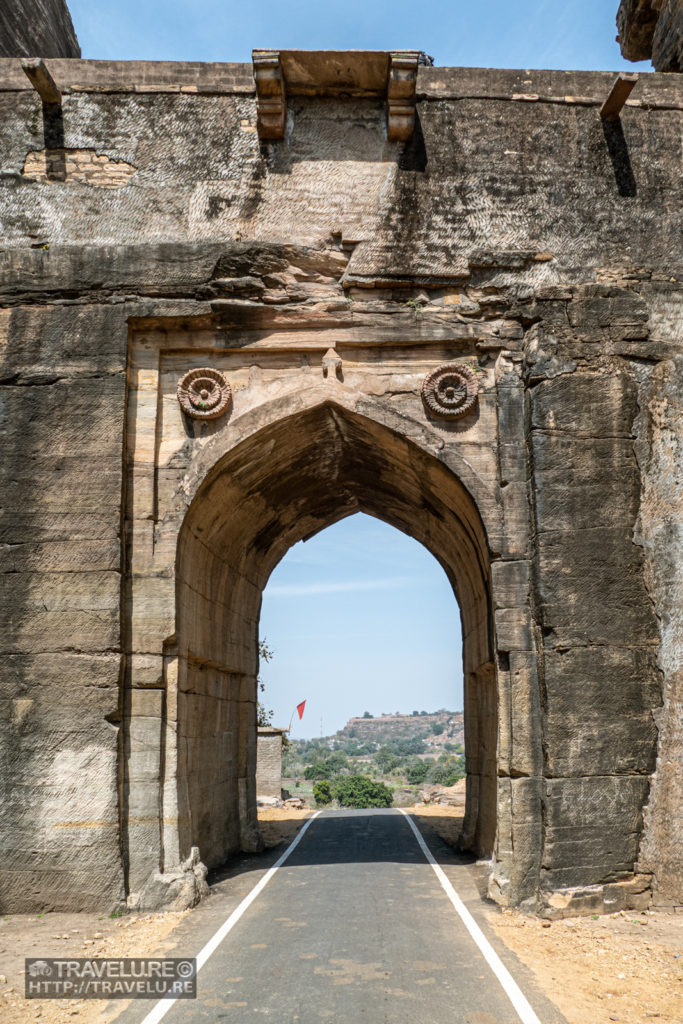
Our storyteller guide Kalle Bhai, well-respected for his knowledge of local history and folklore, told us how the town moved from Boodhi Chanderi to the new location. He talked about a Gurjar Pratihara king Kirtipal who ruled here in the 10th-11th century. During one of his hunting expeditions, he felt thirsty near the modern-Chanderi location and had some water from a pond. Leprosy afflicted him. As soon as his hand touched the water, it healed. He bathed in the water, and the bath cured him. This prompted him to move Chanderi to its current location.
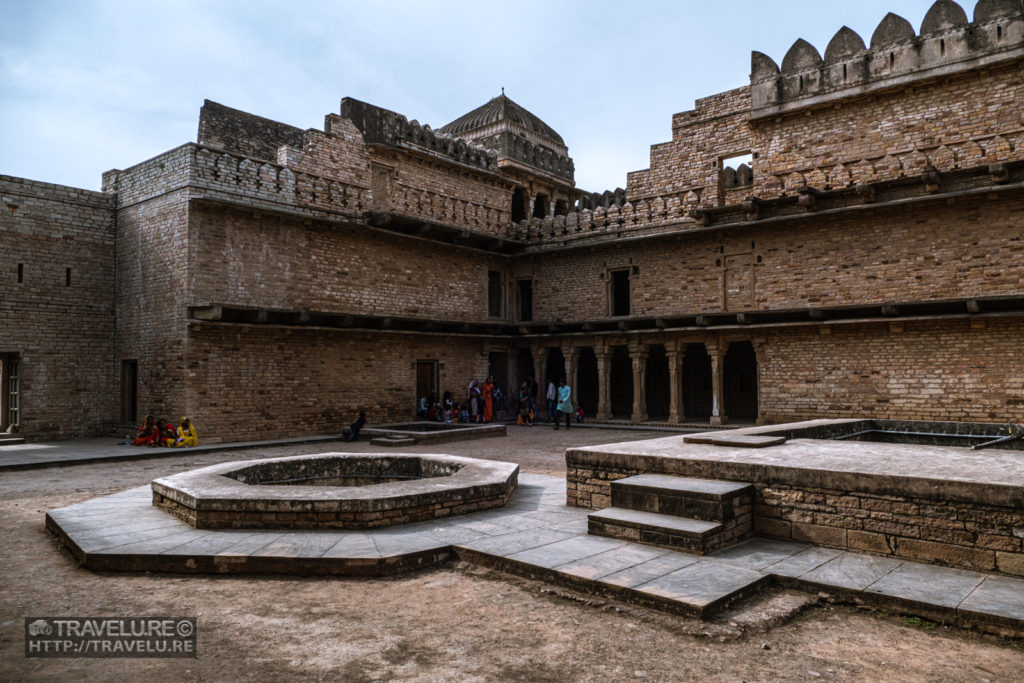
Chanderi – Early history
Legend has it that Lord Krishna’s cousin, Shishupala, established Chanderi. Archeologists have found prehistoric cave paintings and stone tools during excavations of Boodhi Chanderi. Archeologists have also unearthed a subsequent gestalt of settlement during the Gupta times (4th-6th centuries CE).
Historians believe archeologists have just about scratched the surface. They feel it won’t be surprising to find Harappan-era archeological remains here as it dates back to the Vedic period. A sprawling two-storeyed Chanderi Archaeological Museum maintained by ASI houses some of these finds.
Chanderi – Recent Times
During the medieval times, Chanderi remained controlled by Delhi. It flourished, thanks to its strategic location on the trade route from Delhi to South India. A board in Sadar Bazaar declares 14th-century Moroccan traveller Ibn Battuta’s mention of Chanderi as a beautiful town with markets milling with people.
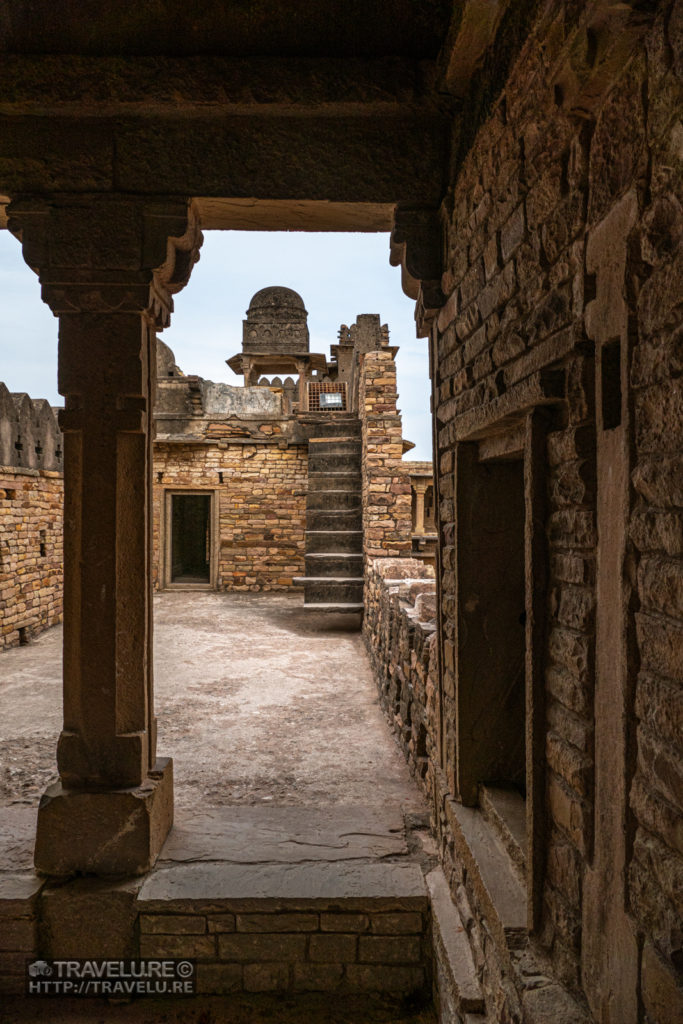
Over the next few centuries, the Pratiharas ruled it, followed by Balban. Then it fell to Mughals in Babur’s reign, before the Sultans of Malwa occupied it. It served as an important outpost for the kingdom of Mandu. Then came the Bundelas of Orchha till the British seized it and handed it over to Scindias of Gwalior. The Rajputs took it during the 1857 mutiny, but the British soon won it again for the Scindias.
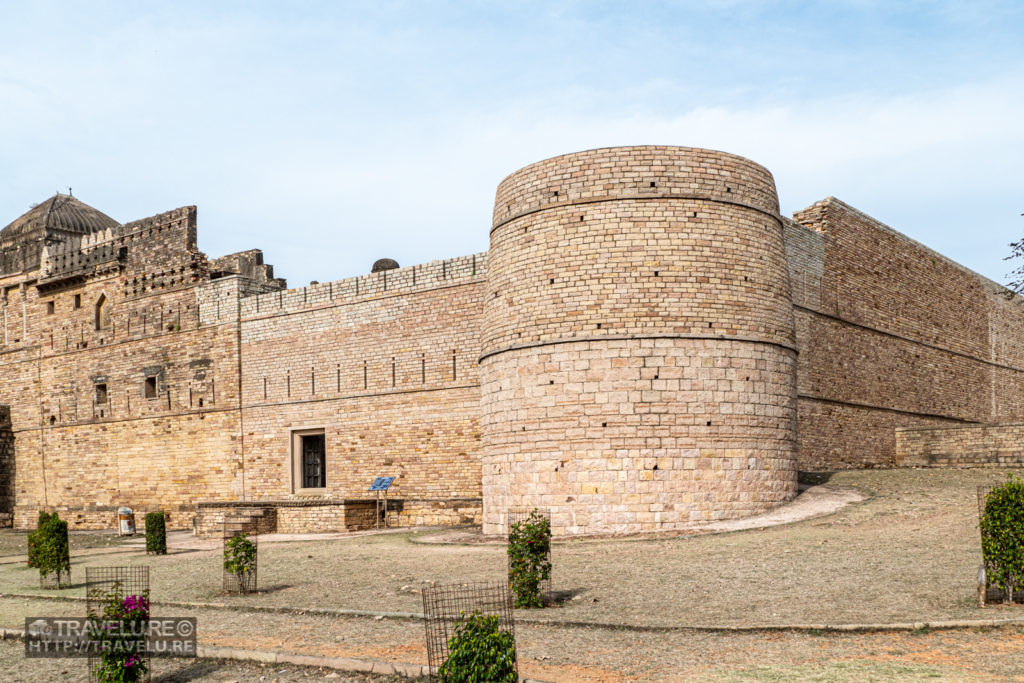
Those who ruled left their imprint on the town. Kirti Durg (Fort of Fame) built by Kirtipal with later-day additions by different rulers; Badal Mahal, a gate leading to nowhere built by the Malwa kings; Kati Ghati Gateway, built to welcome the Sultan of Malwa Ghiyasuddin Khilji, with no door or even no spot for hinges to hold a door. These facts had me rolling my eyes again!

Though dichotomous, these imprints are grand. These don’t just offer a glimpse into the history or heritage of this tiny town but are a stunning showcase of the bygone eras. In fact, recent Bollywood hits like Stree and Sui Dhaaga have used Chanderi’s backdrop for their stories. Quite a few reasons to visit these attractions at Chanderi. No?
Woven Air
Be it in pure cotton, silk, or both, they call Chanderi fabric ‘Woven Air’ – a lyrical way to express its lightness and translucency. Locals share many differing accounts about the origin of the fabric. While some attribute its origin to the Mythical Mahabharata era when Shishupala founded the city, others talk about the times of Bundelas, and Marathas when royalty favoured it.
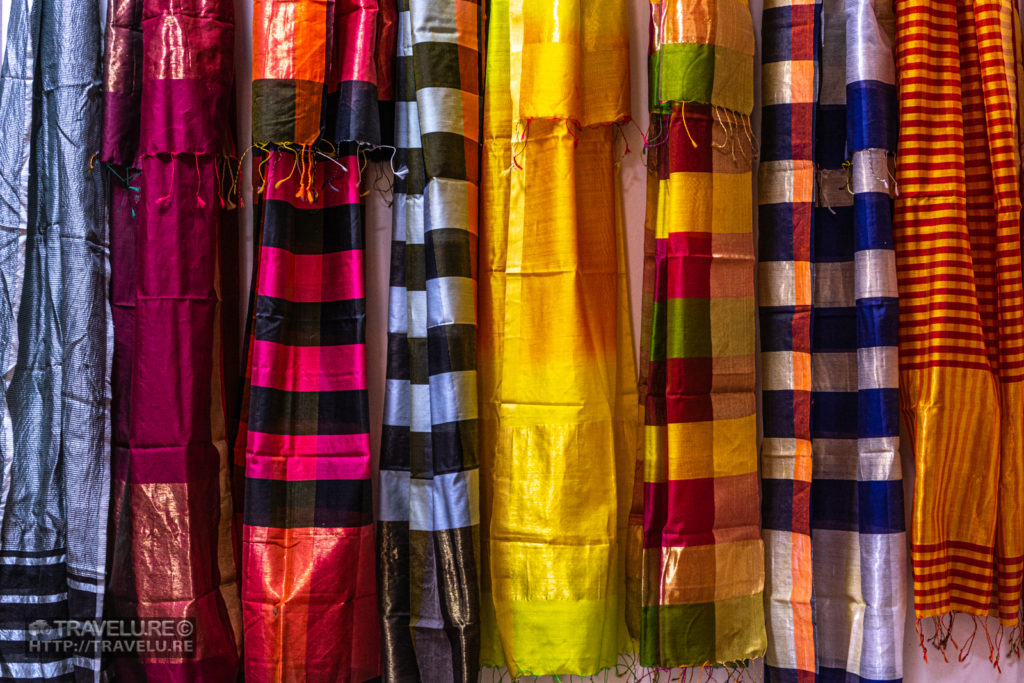
In the days of royalty, the artisans wove gold and silver threads alongside the cotton and silk yarn. With the royals gone, copper thread polished with gold colour has replaced the precious metals.
The Geographical Indication of Goods (Registration and Protection) Act, 1999, protects the fabric, and hence, no one can copy it. Even now, thousands of artisans earn their livelihood by practicing this unique craft and the town has over 3500 active looms weaving air.
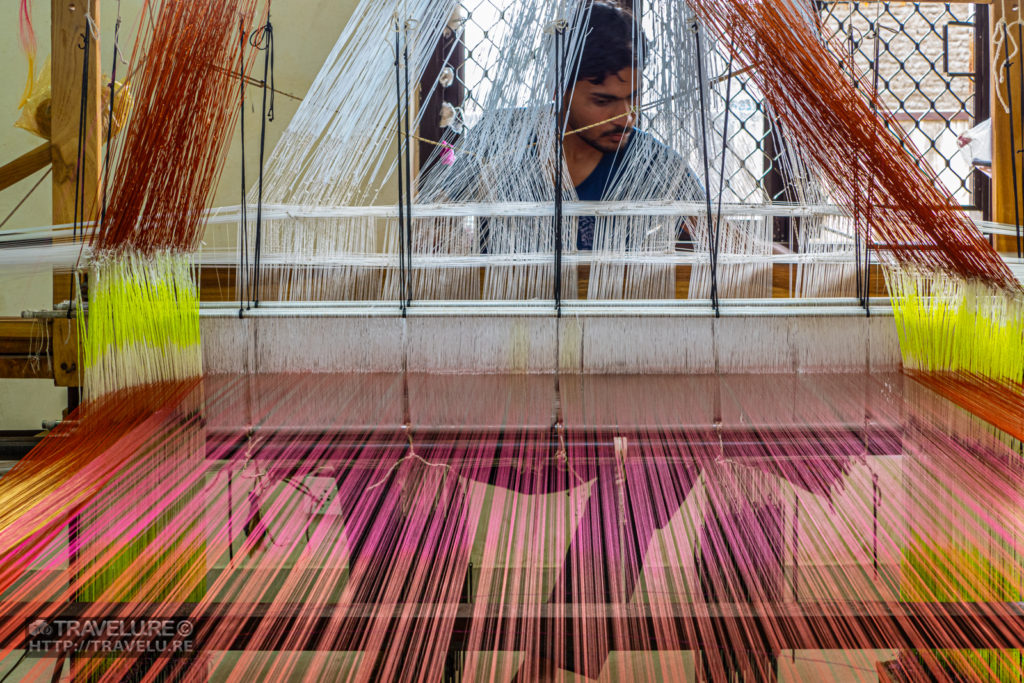
When you visit, good karma says buy a saree or two to provide an honourable livelihood to these hardworking and talented craftsmen.
It sure is an offer you can’t refuse. So, planning a trip there soon?






